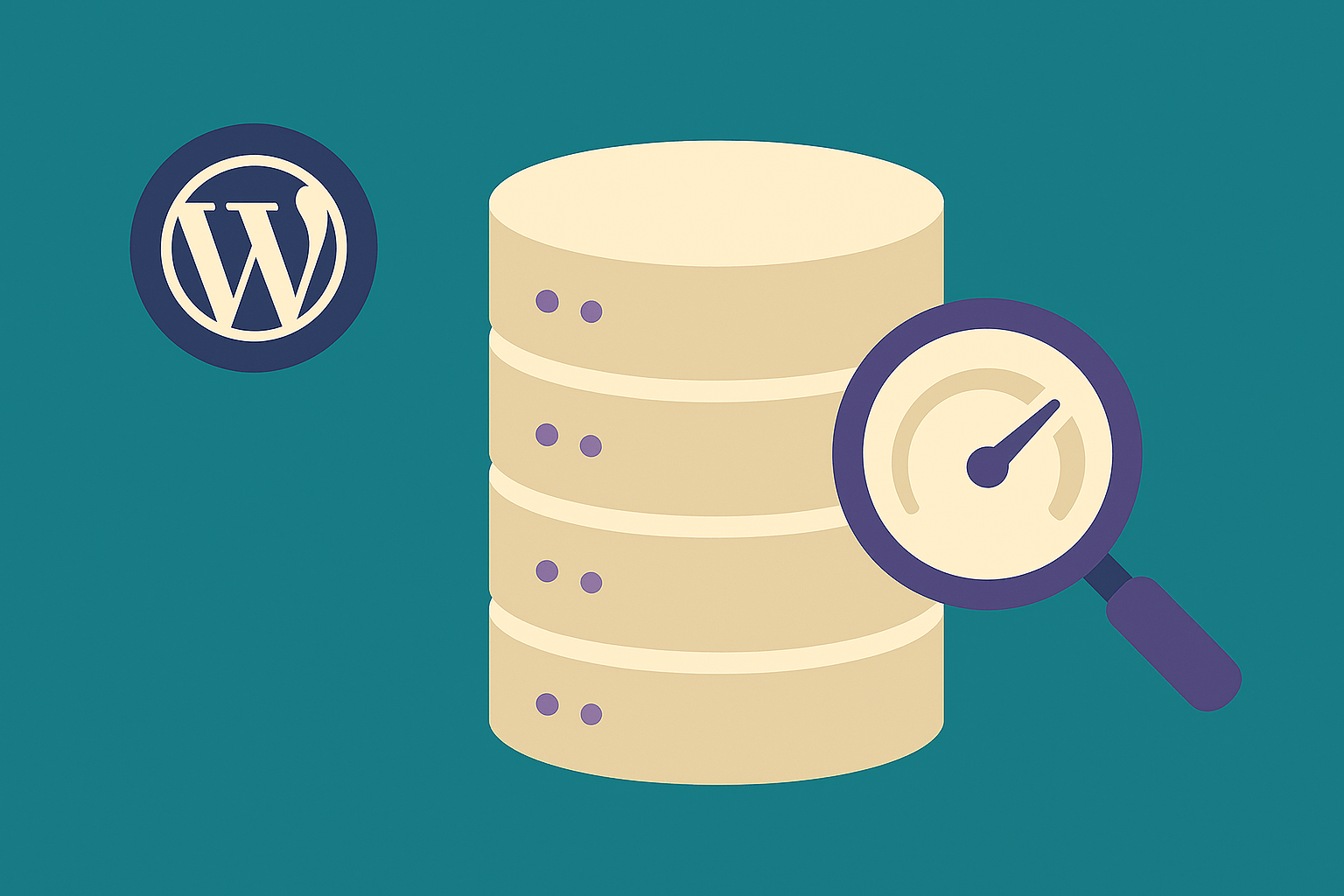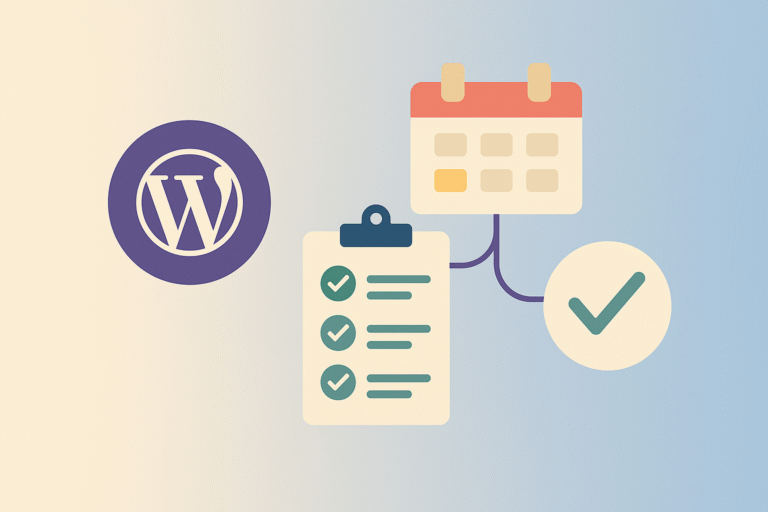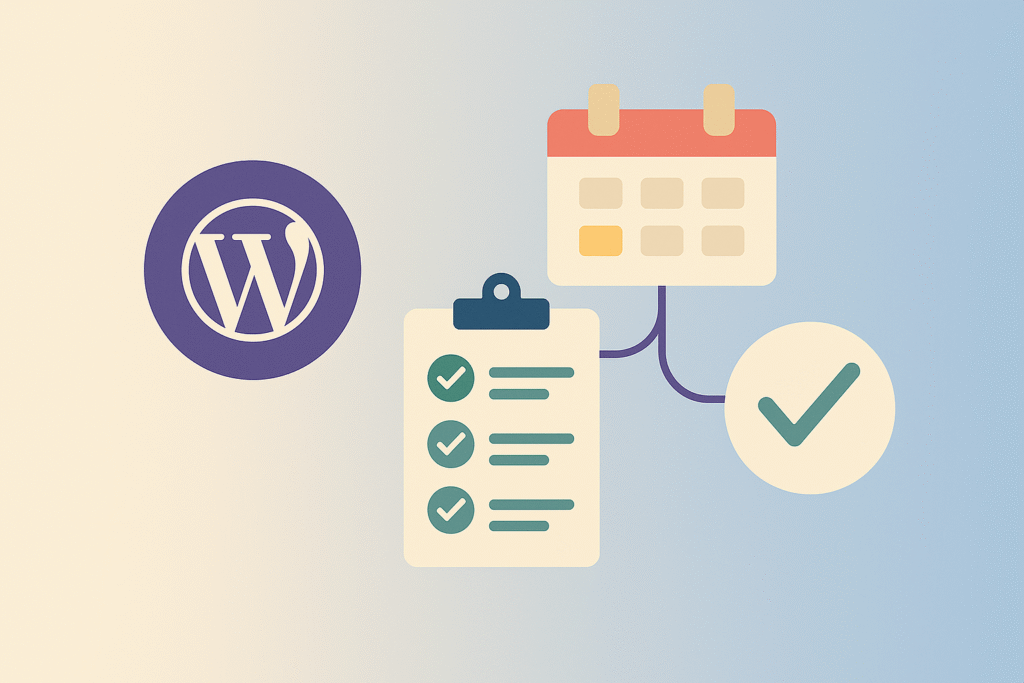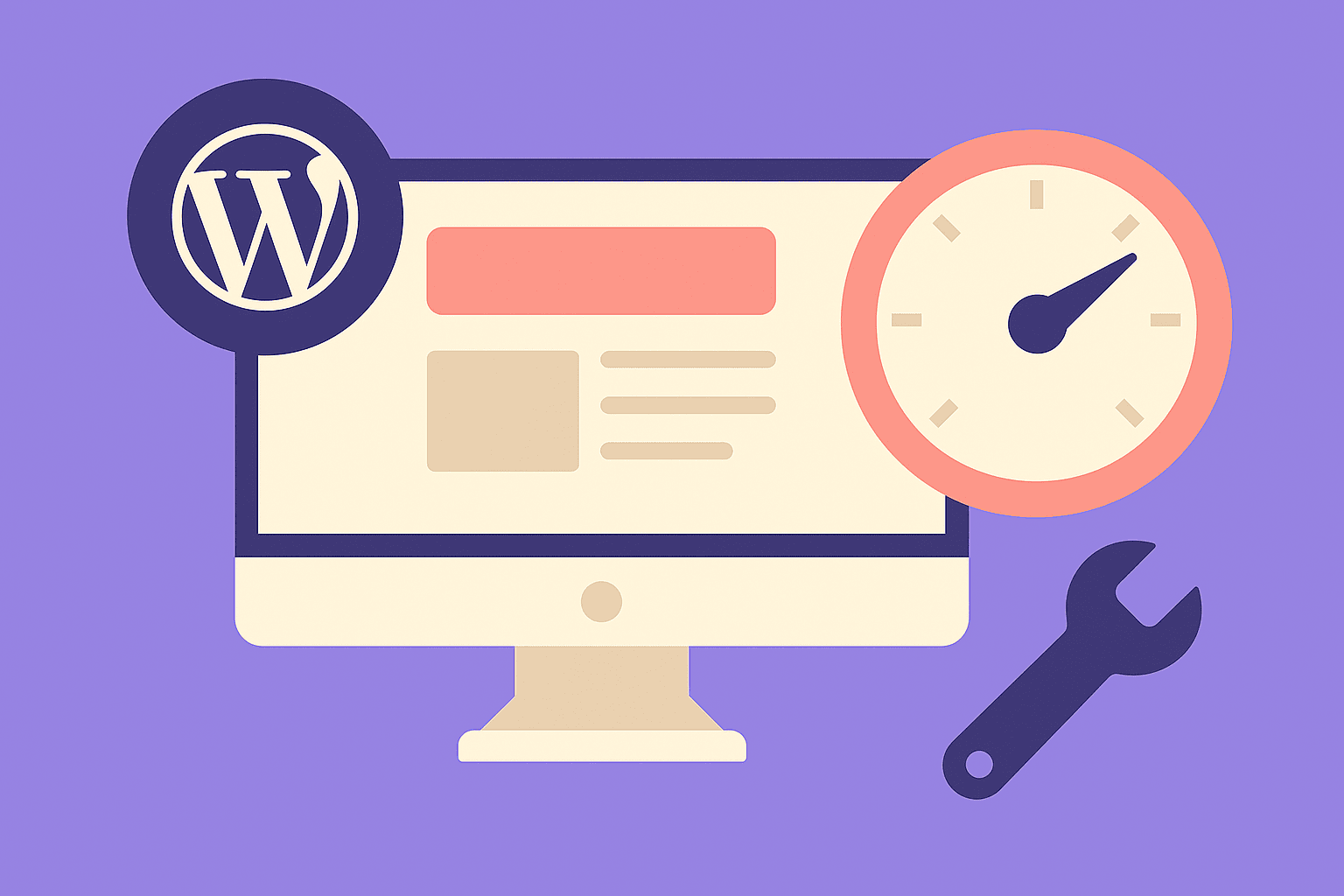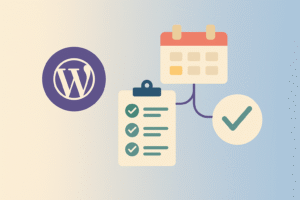Introduction
Behind every WordPress site is a MySQL/MariaDB database storing posts, pages, comments, user data, orders, and plugin settings. Over time, this database accumulates unnecessary data—post revisions, spam comments, expired transients, and plugin leftovers. The result? Slower queries, heavier backups, and sluggish site performance.
For WooCommerce stores, the problem is even worse. Orders, customer accounts, and abandoned carts generate constant data. If left unchecked, your database can balloon into gigabytes, slowing your site to a crawl.
In 2025, database optimization is essential for WordPress performance, scalability, and SEO. Let’s dive into strategies to keep your database lean and fast.
1. Why Database Optimization Matters
- Faster load times: Clean databases respond quicker to queries.
- Reduced server load: Optimized tables use fewer resources.
- Smaller backups: Easier to migrate or restore sites.
- WooCommerce performance: Optimized orders and sessions speed up carts and checkout.
💡 Fact: A well-optimized database can improve page load times by 30–50% for content-heavy or e-commerce sites.
2. Identify Common Causes of Database Bloat
Post Revisions and Drafts
Every edit in WordPress creates a revision. Over time, these pile up.
Spam and Trash Comments
Even with Akismet or anti-spam plugins, junk fills tables.
Expired Transients
Plugins (especially WooCommerce) store temporary data called transients. Many don’t clear them properly.
Plugin & Theme Data
Uninstalled plugins often leave orphaned tables and options.
WooCommerce-Specific Bloat
- Abandoned carts
- Order logs
- Session data
3. Manual Optimization with phpMyAdmin
For advanced users, optimization can be done directly.
- Log in to phpMyAdmin (via hosting panel).
- Select your WordPress database.
- Run the query:
OPTIMIZE TABLE wp_posts, wp_postmeta, wp_comments, wp_options;- This defragments tables and reduces overhead.
⚠️ Warning: Always back up before running manual queries.
4. WordPress Plugins for Database Optimization
Not comfortable with SQL? Use trusted plugins.
- WP-Optimize: Cleans revisions, spam, and optimizes tables.
- Advanced Database Cleaner: Removes orphaned tables and cron jobs.
- Perfmatters: Handles database cleanup + performance tweaks.
💡 Pro Tip: Schedule weekly automatic cleanups for busy WooCommerce stores.
5. Optimize WooCommerce Database Tables
WooCommerce creates heavy tables for orders, sessions, and logs.
- Regularly clear abandoned carts.
- Delete expired WooCommerce sessions from
wp_options. - Use WooCommerce Cleaner or Advanced Database Cleaner to prune order logs.
For large stores, consider dedicated WooCommerce hosting with optimized databases.
6. Use Object Caching for Faster Queries
Caching reduces the load on your database by storing query results temporarily.
- Redis or Memcached: Persistent object caching for WooCommerce.
- LiteSpeed Cache plugin: Integrates with Redis.
- Query Monitor plugin: Identify heavy queries slowing your site.
💡 Example: Instead of querying “latest 10 products” each time, Redis serves them instantly from memory.
7. Indexing Database Tables
Indexes speed up queries by creating lookup references.
- WooCommerce sites benefit from indexing
wp_postmetaandwp_options. - Plugins like Index WP MySQL For Speed add useful indexes automatically.
⚠️ Advanced optimization—test on staging before applying to live stores.
8. Limit Post Revisions and Autosaves
By default, WordPress keeps unlimited revisions.
- Add to
wp-config.php:
define('WP_POST_REVISIONS', 5);
define('AUTOSAVE_INTERVAL', 300);This limits revisions to 5 per post and saves every 5 minutes.
9. Clean Orphaned Metadata
Uninstalled plugins/themes often leave orphaned rows in wp_postmeta, wp_usermeta, etc.
- Use Advanced Database Cleaner to safely remove them.
- For developers:
DELETE pm FROM wp_postmeta pm
LEFT JOIN wp_posts wp ON wp.ID = pm.post_id
WHERE wp.ID IS NULL;10. Automate Backups and Maintenance
Database optimization should never risk data loss. Always back up.
- Use UpdraftPlus or BlogVault for scheduled backups.
- Store backups in cloud (Google Drive, Dropbox, S3).
- Combine backup + optimization in your monthly WordPress maintenance checklist.
WooCommerce Example: Before vs. After Optimization
A WooCommerce site with 50k orders:
- Database size before cleanup: 1.8 GB
- After cleanup (revisions, expired transients, abandoned carts removed): 850 MB
- Checkout page load time dropped from 4.2s → 2.1s
Final Thoughts
Your WordPress site’s performance depends heavily on its database. In 2025, with larger media files, WooCommerce data, and plugin overhead, regular database optimization is mandatory.
The best approach is proactive:
- Clean revisions, spam, and transients regularly.
- Use plugins like WP-Optimize for automation.
- Implement Redis caching for high-traffic stores.
- Index tables for long-term scalability.
💡 Action Step: Install a database optimizer today and schedule weekly cleanups. Your site—and your visitors—will thank you.

